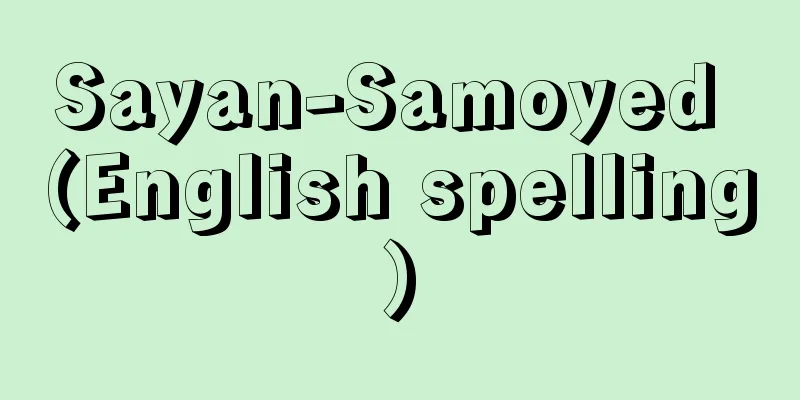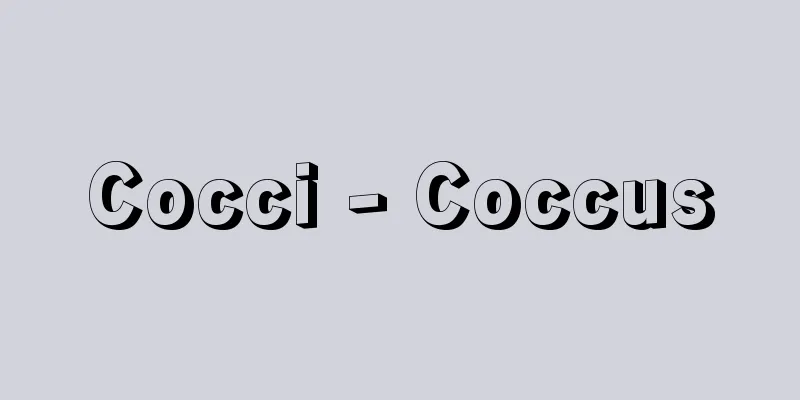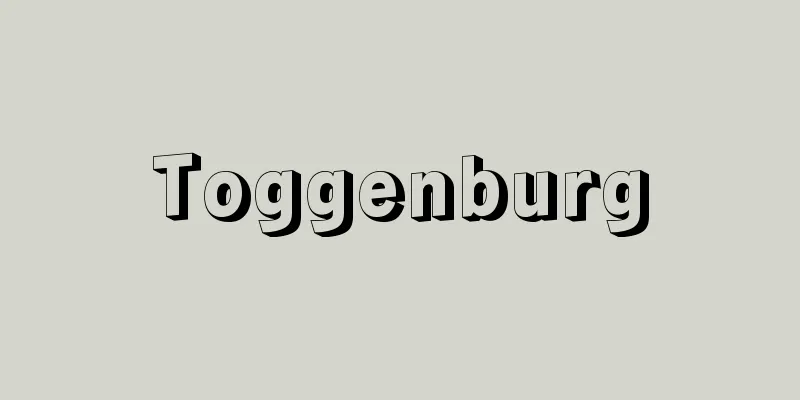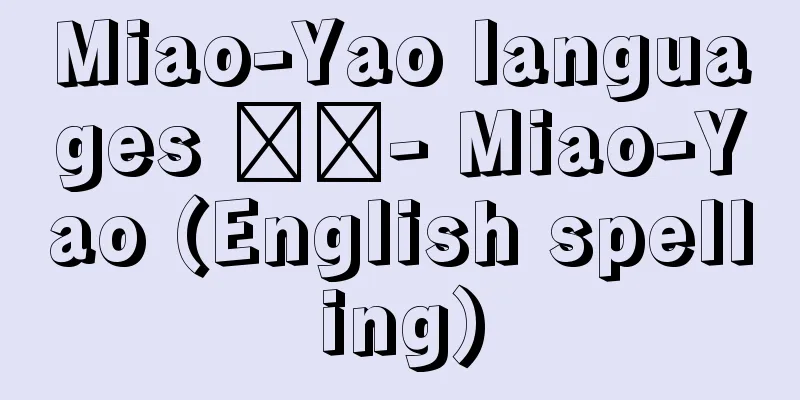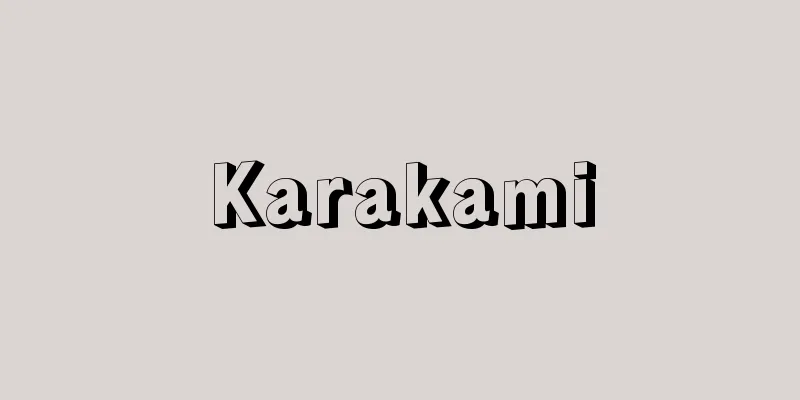Temporomandibular joint disorder
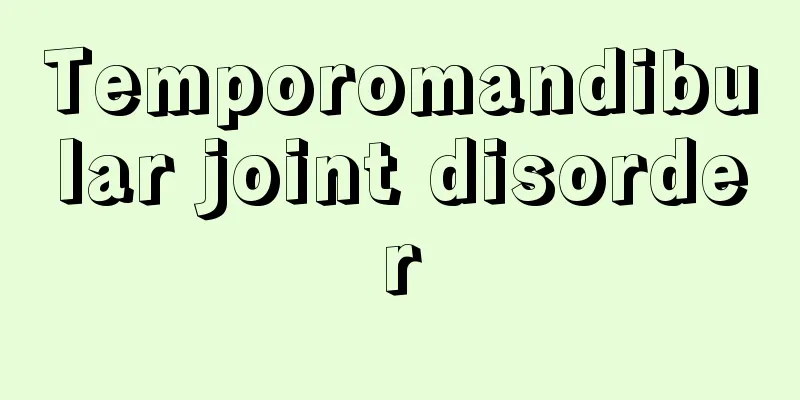
What is the disease?What is the cause?Temporomandibular joint disorder is a multifactorial disease, and causes include mental stress, lifestyle habits that accumulate fatigue, and abnormal bite alignment, but teeth grinding and clenching are thought to have the greatest direct impact. In other words, if you have the habit of grinding or clenching your teeth, fatigue accumulates in the chewing muscles and at the same time, excessive strain is placed on the temporomandibular joint, which can ultimately lead to jaw dysfunction (inability to open the mouth, inability to chew hard foods, etc.) accompanied by pain in the chewing muscles and temporomandibular joint. The incidence rate is said to be about 10% of all dental patients, and it is said to be more common in women in their 20s to 40s, but recently the number of younger patients has been increasing. How symptoms manifestThe main clinical symptoms are muscle pain during jaw movement (when moving the jaw), pain and noise in the temporomandibular joint (the area in front of the ear), etc. In many cases, these symptoms are combined. Testing and diagnosisDiagnosis is based on detailed medical history, clinical findings, and plain X-rays. Depending on symptoms and treatment history, special imaging tests such as MRI, CT, and temporomandibular joint arthroscopy may be performed. In particular, if the treatment process is prolonged, the differential diagnosis with other diseases (malignant tumors may be lurking behind the symptoms of temporomandibular joint disorder) should be reconsidered. Treatment methods80-90% of patients with temporomandibular joint disorder can improve their symptoms with non-surgical treatment (massage and stretching of the chewing muscles, treatment with mouthpieces, drug therapy, etc.). As a general rule, irreversible treatments such as grinding down teeth or adjusting them with crowns should be avoided just because the bite is misaligned. For pain in the temporomandibular joint that does not respond to non-surgical treatment, TMJ lavage therapy is applied to wash out inflammatory substances in the joint. If this is also ineffective (1-2% of cases), we consider applying open temporomandibular joint arthroplasty to reshape the deformed bone and articular disc. What to do if you notice an illnessIf you have any symptoms that seem to be related to your teeth, please consult your dentist or oral surgeon. Yoshiki Hamada Source: Houken “Sixth Edition Family Medicine Encyclopedia” Information about the Sixth Edition Family Medicine Encyclopedia |
どんな病気か 原因は何か顎関節症は多因子的疾患で、精神的ストレス、疲労を蓄積させる生活習慣、噛み合わせの異常などがあげられますが、直接的には、歯ぎしりや食いしばりによる影響が最も大きいと考えられます。つまり、歯ぎしりや食いしばりの習癖があると、咀嚼筋に疲労が蓄積されると同時に、顎関節にも過剰な負担がかかり、結果的に咀嚼筋や顎関節の痛みを伴う顎機能障害(口が開かない、硬いものが噛めないなど)に至ると考えられます。 発症頻度は、歯科受診患者総数の約10%とされ、20~40代の女性に多いといわれていますが、最近では若年者の患者が増加しています。 症状の現れ方顎運動時(あごを動かした時)の筋痛、顎関節(耳の前方部)の痛みや雑音などが、主な臨床症状です。多くの場合、これらの症状は複合します。 検査と診断詳細な病歴聴取、臨床所見ならびに単純X線検査によって診断します。症状や治療経過に応じて、MRI、CT、顎関節鏡視検査などの特殊な画像検査を行います。 とくに、治療経過が長引く場合には、他の疾患(顎関節症の症状の影に悪性腫瘍が潜んでいることもあります)との鑑別診断を再検討するべきです。 治療の方法顎関節症患者の80~90%は非外科的治療(咀嚼筋のマッサージやストレッチ、マウスピースによる治療、薬物療法など)により症状は改善します。噛み合わせが悪いからといって、歯を削ったり、冠を被せて調整するなどの非可逆的治療は原則として避けるべきです。 非外科的治療に奏効しない顎関節の痛みには、関節内の炎症性物質を洗い流す顎関節洗浄療法が適用されます。これにも奏効しない場合(全体の1~2%)には、変形した骨や関節円板を整形する顎関節開放形成術の適用を検討します。 病気に気づいたらどうする思い当たる症状がある場合には、歯科医または口腔外科専門医にご相談ください。 濱田 良樹 出典 法研「六訂版 家庭医学大全科」六訂版 家庭医学大全科について 情報 |
<<: Dislocation of the temporomandibular joint
Recommend
Aonogahara
A plateau stretching between Ono City and Kasai Ci...
Heart-lung machine
In order to open the heart and perform intracardi...
Nikko - Nikko
1532-1598 A monk from the Sengoku to Azuchi-Momoy...
André Suarès
French critic. His real name was Isaac Félix Surè...
dinitrogen pentoxide
…NO 2 also generates ozone O 3 through photochemi...
Guaira Falls - Guaira Falls
The name means "Seven Waterfalls." In P...
Skin traction
...Direct traction (skeletal traction) is a metho...
Warm sake - Kanzake
〘 noun 〙 Warm sake. Kanshu. ⇔ Chilled sake. 《Seaso...
Bezoar
[What kind of disease is it?] A gastrolith is a ty...
Early cultivation - Soukisaibai
A cultivation method mainly seen in Japan's pa...
Kirkman, TP - Kirkman
…If the three couples are A and a, B and b, and C...
Princess Shikishi - Princess Shikishi
Year of death: 1st January 1201 (1st March 1201) Y...
Palmodictyon
...The first three species are sessile, while the...
Grand Terre (English spelling)
…Guadeloupe is made up of two islands, shaped lik...
mind
…In ancient India, the word manas (translated int...
